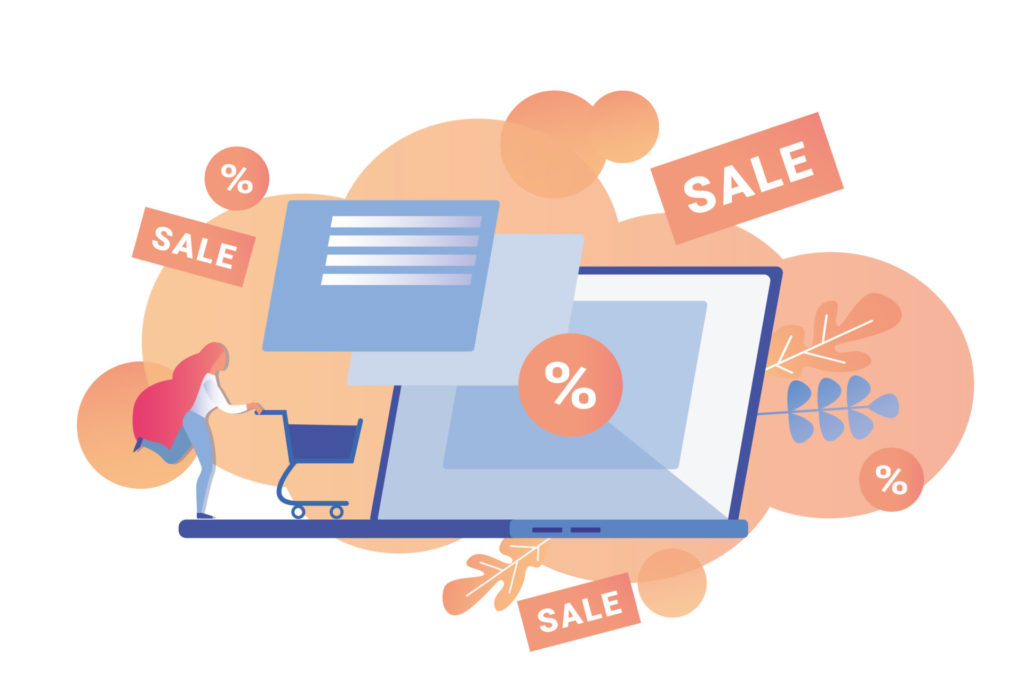Believe it or not, people buy feelings – not products. As bizarre as that may sound for someone who sells consumer goods and services, the reality is that customers look for products that make them feel a certain way.
Consumers might want to be trendy, safe, or even inspired at times. This is why it’s crucial for marketers to decide how they want their customers to feel after interacting with their brand or experiencing their products.
Just like businesses want their customers to feel good, they also want to capitalize on their fears. The reality is that customers care about how you meet their needs, solve their problems, settle their fears, and so on.
Ultimately, there’s only one reason that anyone buys anything: because they feel deep in their guts that buying will make them feel better. We don’t want success; we want the feelings we think success will bring. We don’t want beauty; we want the feelings we think beauty will bring.
So, what should you do to sell emotions rather than products?
Understand Your Customer Needs
Unfortunately, everyone has problems that brew up negative emotions and feelings that need to be solved. The only way marketers can solve those problems is by understanding their customers’ needs.
A customer’s needs go beyond the basic human needs that we all have. These are deeper needs that actually affect our everyday living, whether it’s on a small or larger scale.
These needs create symptoms in our everyday life and we, as consumers, are trying to solve them on a daily basis.
This is important to understand because it will be the driver for your marketing efforts. Your messaging, branding, and services will cater to their symptoms and address the emotions that motivate them to buy.
A good starting point is to understand what the problem is. What about their situation creates these negative feelings? What drives them to buy your products and goods?
Understand Your Customer Desires

Just as everyone has problems, everyone has desires that drive them to want to achieve a specific goal, enjoy an experience, or even buy a specific product.
Ultimately it is not the product itself that motivates the buyer – it is the feeling that the product will capture in the rippling effect of meeting their desires.
For example, many customers have the desire to be healthy and fit no matter what age they are. That desire drives them to buy running shoes or workout equipment. While the user has the option of buying Adidas or Nike, 40% of total consumers prefer Nike.
Unlike its competitor, Nike’s commercials don’t focus so much on innovation and style, but rather tend to be quieter, motivational, and moving. They’re known for tugging the heartstrings, winning them an abundance of views on their Olympics commercials.
Driving emotion through desire is a fundamental key in your messaging. Work backward and truly understand that thing that your target audience wants to have.
They buy your services and products because they think the products are going to make them a better version of themselves.
Similar to a “leveling up” concept in a video game, your customers are only going to purchase something that makes them more efficient, stronger, more comfortable, more organized, more appealing…whatever they want to improve.
Understand their needs and cater your marketing messaging to them.
Understand Your Customer’s Beliefs
The set of beliefs that a consumer holds about the world is a key influencer of consumer behavior.
Beliefs are psychological—so deeply rooted that they prevent consumers from logically evaluating alternatives and thus perpetuate existing habits and routines.
Companies that attempt to motivate behavioral change by ignoring or challenging consumers’ beliefs are fighting an uphill battle.
An effective way to reinforce a new belief is to focus on peak moments—specific parts of the consumer decision journey that have a disproportionate impact and that consumers tend to remember most.
Peak moments often include first-time experiences with a product or service, touchpoints at the end of a consumer journey (such as the checkout process in a store), and other moments of intense consumer reaction.
Highly emotional occasions can spark intense consumer reactions and therefore present an opportunity for companies to create peak moments associated with their products or brands.
For example, when graduations shifted from formal, large-scale ceremonies to at-home, family celebrations, Krispy Kreme offered each 2020 graduate a dozen specially decorated doughnuts for free.
With that promotion, the company connected its brand with an emotional event that may not have been a key occasion for doughnuts prior to the pandemic.
We Practice what We Preach – DEKSIA
Just like we recommend for our brands looking to elevate their marketing, we have our own emotional branding strategy and we follow cycles of purposeful repetition for our brand strategy.
We engineer marketing strategies for ourselves and for our clients that incorporate distinct consumer awareness, with messaging and tactics that reflect them.
Plus, we use powerful data to make sure our tactics are running how they’re supposed to. We believe in the power of repetition, and know that the long-term strategy can include patience.
In fact, our 12-month marketing strategies are designed to be repeatable. Their foundation stays consistent, but we’re constantly looking for ways to improve them.
Contact us to learn more about our process and how we can make your brand’s marketing strategy work more effectively!
Check out more content from our experts!



